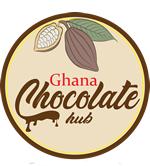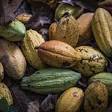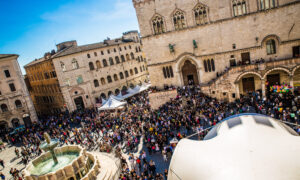HISTORY OF COCOA

Cocoa and other chocolate products are enjoyed by billions of people around the globe, but surprisingly few people know the history of the confection. In fact, cocoa has appeared in different cultures worldwide for hundreds of years.
Cocoa originated from around the headwaters of the Amazon in South America. Its cultivation and value spread in ancient times throughout Central and Eastern Amazonian and northwards to Central America.
Cocoa beans were used by the Native Americans to prepare a chocolate drink or chocolate and also as a form of currency for trading purposes and payment of tribute to the king.
When the Spanish Conquistadors arrived in the New World and began the process of invading, colonizing, and ultimately destroying the native cultures, they also discovered the value of the local cacao crop.
However, they brought their own innovation to the appropriated drink—the addition of sugar and spices to sweeten the bitter cocoa. After that point, chocolate became wildly popular amongst the Spanish, who kept the production method a secret from other Europeans for almost 100 years after their discovery.
After the conquest of Central America in 1521, Hernan Cortez and his Conquistadors took a small cargo of cocoa beans to Spain in 1528, together with utensils for making the chocolate drink.
By 1580 the drink had been popularized in the country and consignments of cocoa were regularly shipped to Spain. The popularity of chocolate as a drink spread quickly throughout Europe, reaching Italy in 1606, France in 1615, Germany in 1641 and Great Britain in 1657.
Large-scale cultivation of cocoa was started by the Spanish in the 16th century in Central America. It spread to the British, French, and Dutch West Indies (Jamaica, Martinique, and Surinarn) in the 17th century and to Brazil in the 18th century. From Brazil, it was taken to SÃO Tome and Fernando Pó (now part of Equatorial Guinea) in 1840; and from there to other parts of West Africa, notably the Gold Coast (now Ghana), Nigeria and the Ivory
Coast.
HISTORY OF COCOA IN GHANA

The available records indicate that Dutch missionaries planted cocoa in the coastal areas of the then Gold Coast as early as 1815, whilst in 1857 Basel missionaries also planted cocoa at Aburi.
However, these did not result in the spread of cocoa cultivation until Tetteh Quarshie, a native of Osu, Accra, who had travelled to Fernando Po and worked there as a blacksmith, returned in 1879 with Amelonado cocoa pods and established a farm at Akwapim Mampong in the Eastern Region.
Farmers bought pods from his farm to plant and cultivation spread from the Akwapim area to other parts of the Eastern Region. In 1886, Sir William Bradford Griffith, the Governor, also arranged for cocoa pods to be
brought in from Sao Tome, from which seedlings were raised at Aburi Botanical Garden and distributed to farmers.
Throughout its centuries-long evolution, one factor has remained consistent and cocoa has attracted devotees worldwide. Today, over 4.5 million tons of cocoa beans are consumed annually around the globe, in everything from drinks to candy bars. It’s safe to say that the ancient Mesoamericans who pioneered the crop could never have imagined the popularity cocoa would someday experience.
Source: Worldcocoafoundation, and Cocobod








